Before Vietnam’s transformative political era reshaped the nation, there was an empress who stood at the crossroads of tradition and modernity. Empress Nam Phuong, the last empress of the Nguyen Dynasty, carried herself with elegance through one of Vietnam’s most pivotal chapters.
While her political influence was limited and her life marked by many ups and downs, Nam Phuong’s fashion sense remained a constant source of strength and expression, carefully curated across each stage of her life.
An Early Age in Velvet
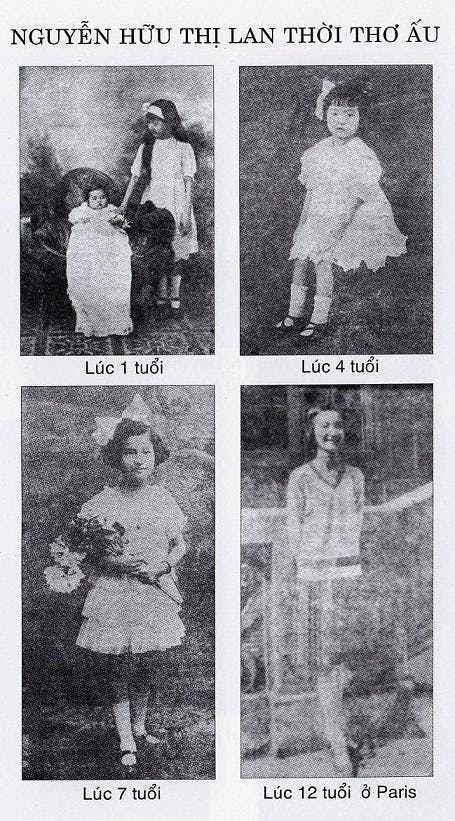
Born Marie-Thérèse Nguyen Huu Thi Lan in 1913 in Go Cong, she came from a devout Catholic family considered the wealthiest in southern Vietnam. Her father, a prominent mandarin and landowner, sent her to France at the age of 12 to study at the Couvent des Oiseaux in Paris—a prestigious convent school for elite young women.
Known for striking beauty, she was said to have been crowned “Miss Indochina” multiple times during her youth, a claim that, though difficult to verify, speaks to her reputation at the time. Those early years, marked by privilege were perhaps the most idyllic chapter of her life.
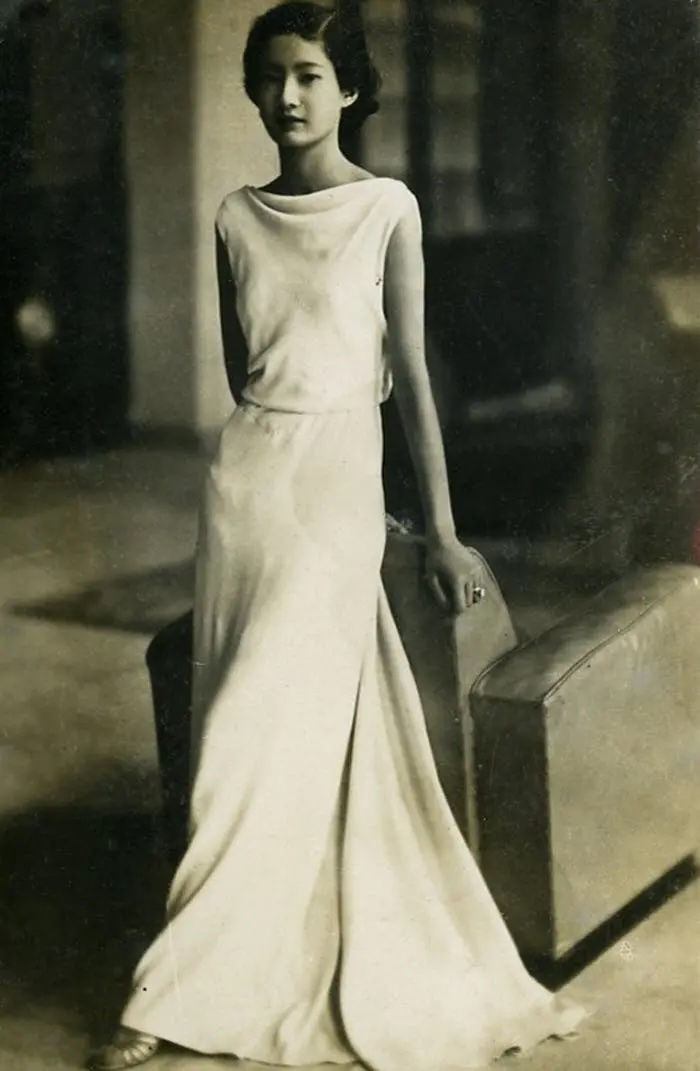
The Imperial Transition
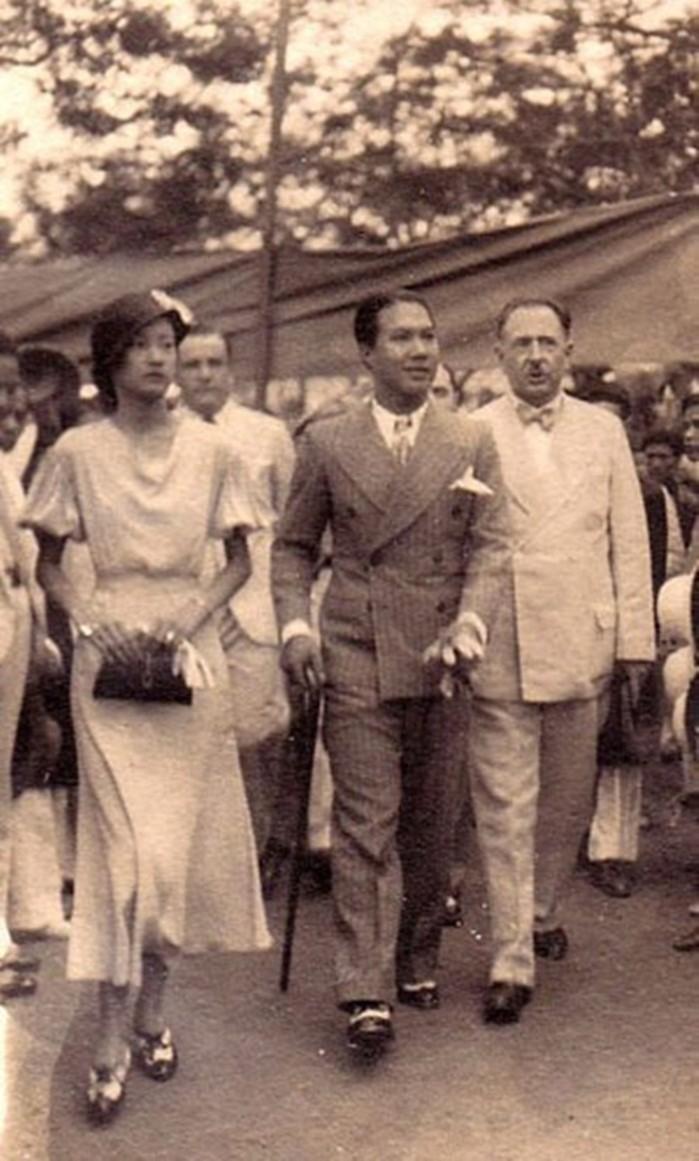
In 1933, Lan returned to Vietnam after years of study in France. That same year, she met Emperor Bao Dai during a visit to Da Lat. Bao Dai, like Lan, had also been educated in France, having spent much of his youth in Paris before returning to assume his royal duties. Their shared Western upbringing created an instant connection.
Around this time, Lan’s fashion reflected her Parisian education and modern sensibilities. She was often seen in simple yet refined dresses featuring soft A-line silhouettes, cinched waists, and V-shaped collars—hallmarks of 1930s French elegance. Her accessories struck a balance between grace and practicality: structured handbags, subtle jewelry, and bucket-style hats.
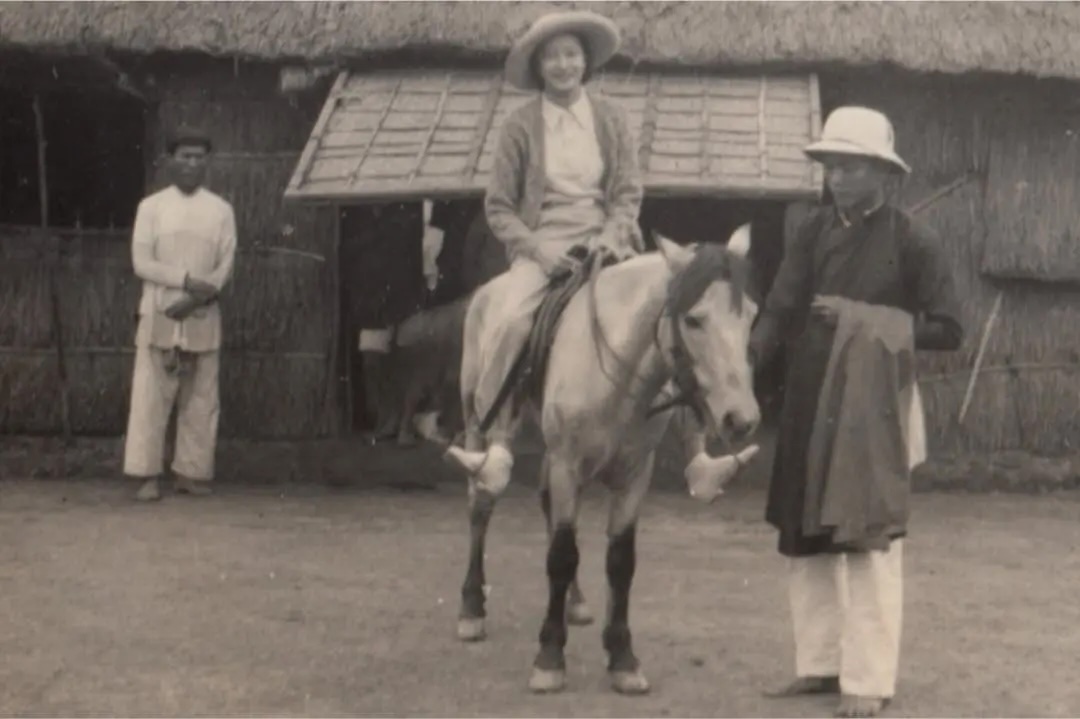
A year later, in 1934, their relationship culminated in a royal wedding in Hue. Nguyen Huu Thi Lan was granted the imperial title Nam Phuong Hoang hau, meaning Fragrance of the South. As Bao Dai later shared, “She has the gentle beauty of a Southerner, mixed with a hint of the West. That’s why I chose the compound word Nam Phuong to name her.”
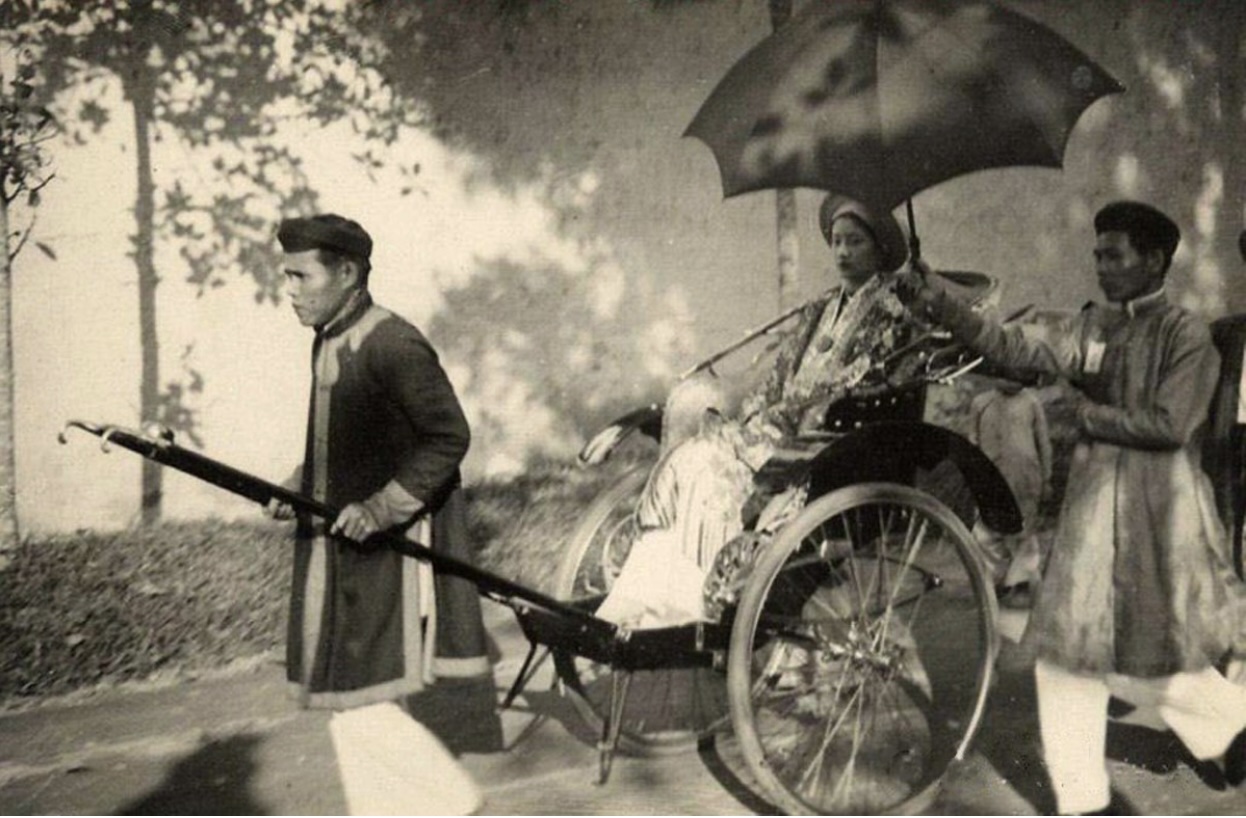
During the coronation at Thai Hoa Palace, Empress Nam Phuong broke with tradition by wearing the imperial color yellow—a hue historically reserved for the emperor alone. In the Nguyen Dynasty, yellow symbolized ultimate sovereignty and was considered the most sacred of royal colors. By granting Nam Phuong the right to wear it, Emperor Bao Dai underscored her esteemed privilege and status as empress.
During her years as empress, Nam Phuong was a constant presence by her husband’s side, whether journeying abroad or welcoming foreign dignitaries to the imperial court.
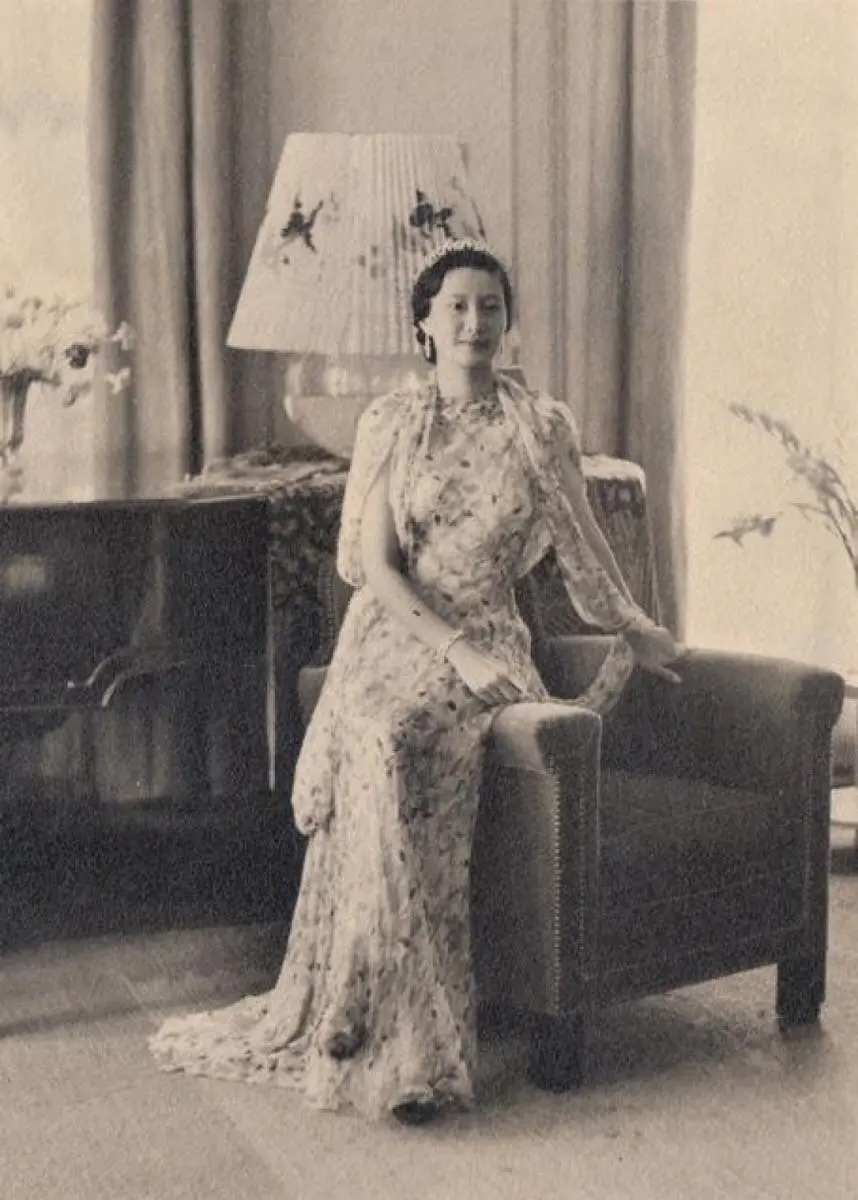
A pivotal fashion moment came in 1939, when she was granted an audience with Pope Pius XII at the Vatican. Instead of wearing a dark Western gown, as expected in mourning attire for papal visits, she wore Nhat Binh embroidered with gold dragons. Her appearance made headlines, showcasing a woman who honored her heritage even in foreign courts.
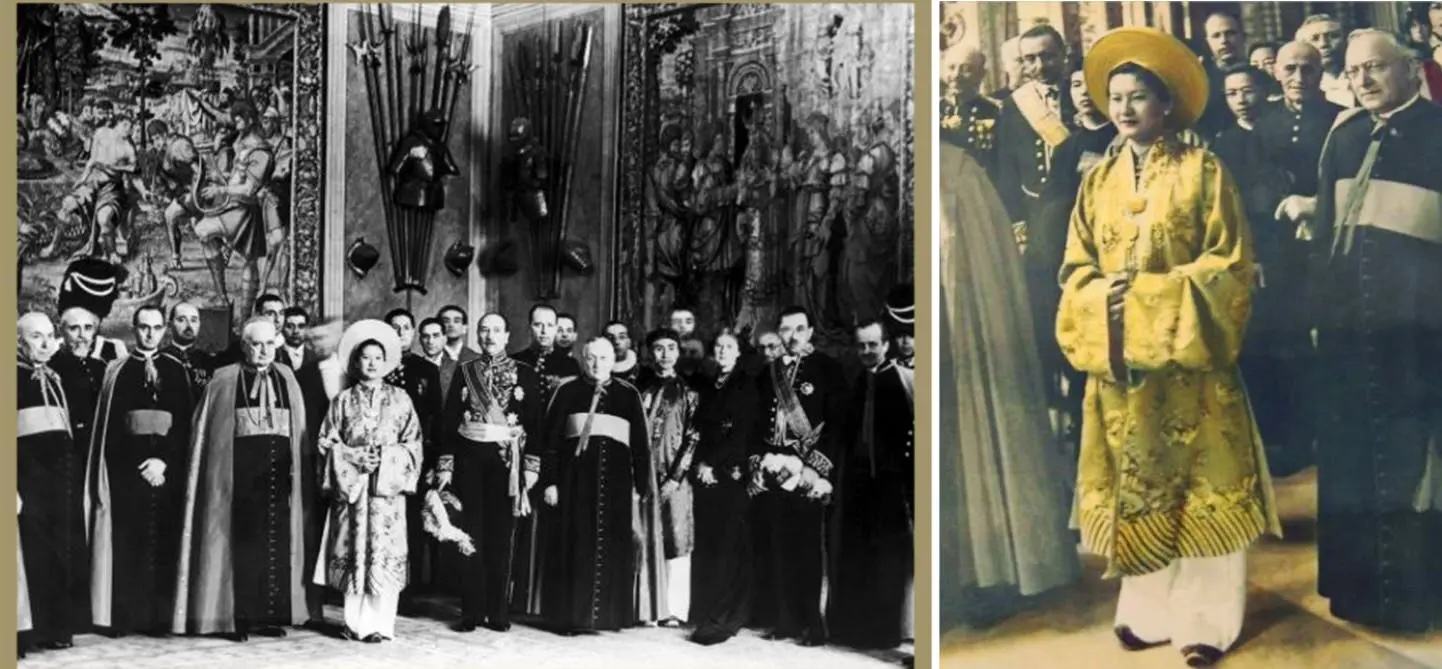
Wartime Diplomacy
During the 1940s, as World War II disrupted global politics and Vietnam experienced a growing wave of anti-colonial movements, Nam Phuong’s wardrobe became more subdued.
Back home in Hue, Nam Phuong often wore muted earth-tone áo dài, minimal makeup, and little jewelry during wartime—a quiet reflection of the sacrifices she made, having given up her own possessions to support the people and the revolution.
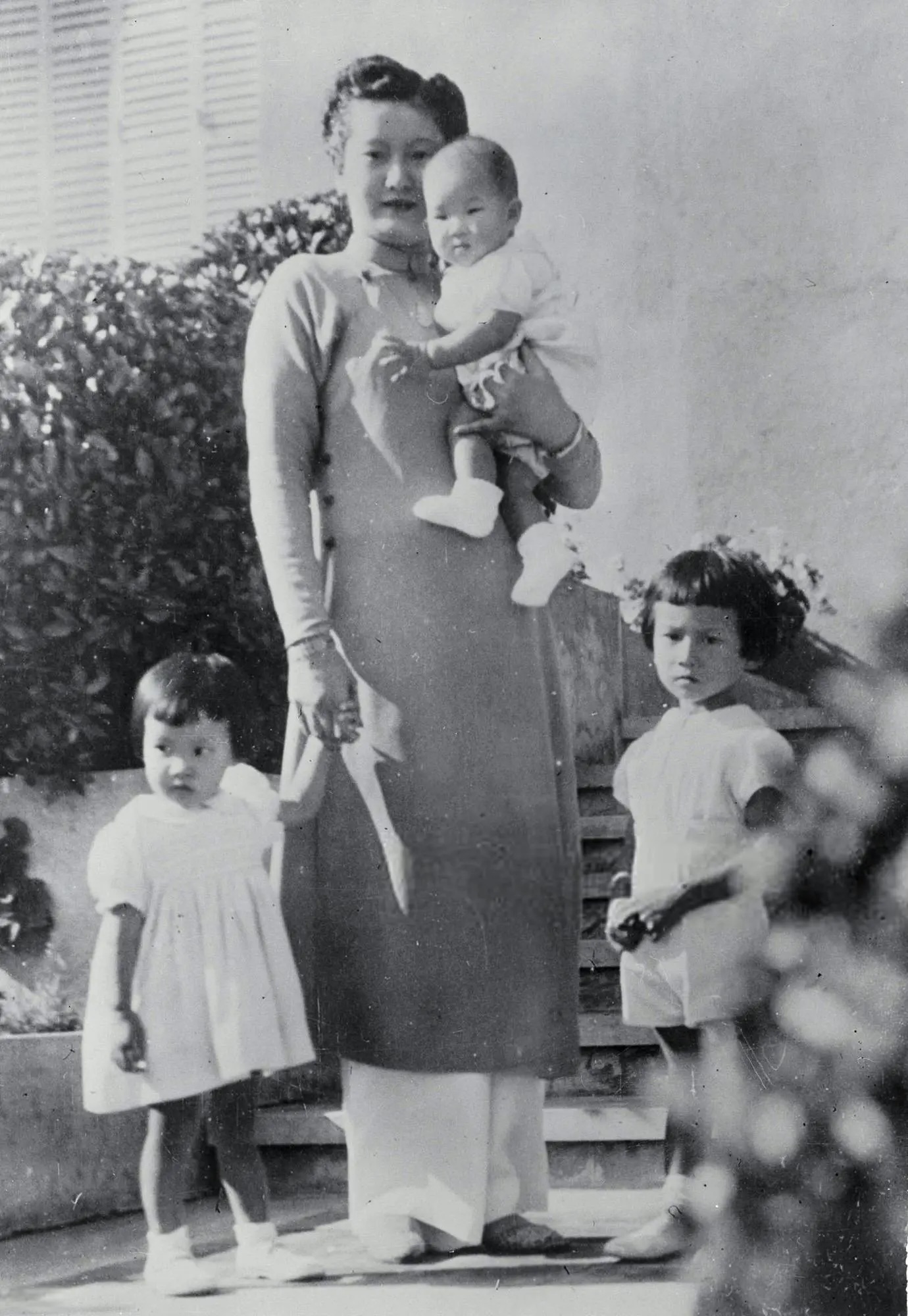
Exile and Reinvention: A Quiet Elegance in France
After Emperor Bao Dai’s abdication in 1945 and the monarchy’s dissolution, Nam Phuong moved to France with her children, settling in Chabrignac, a small village in southwestern France. Though far from the palace halls of Hue, she never lost her signature grace.
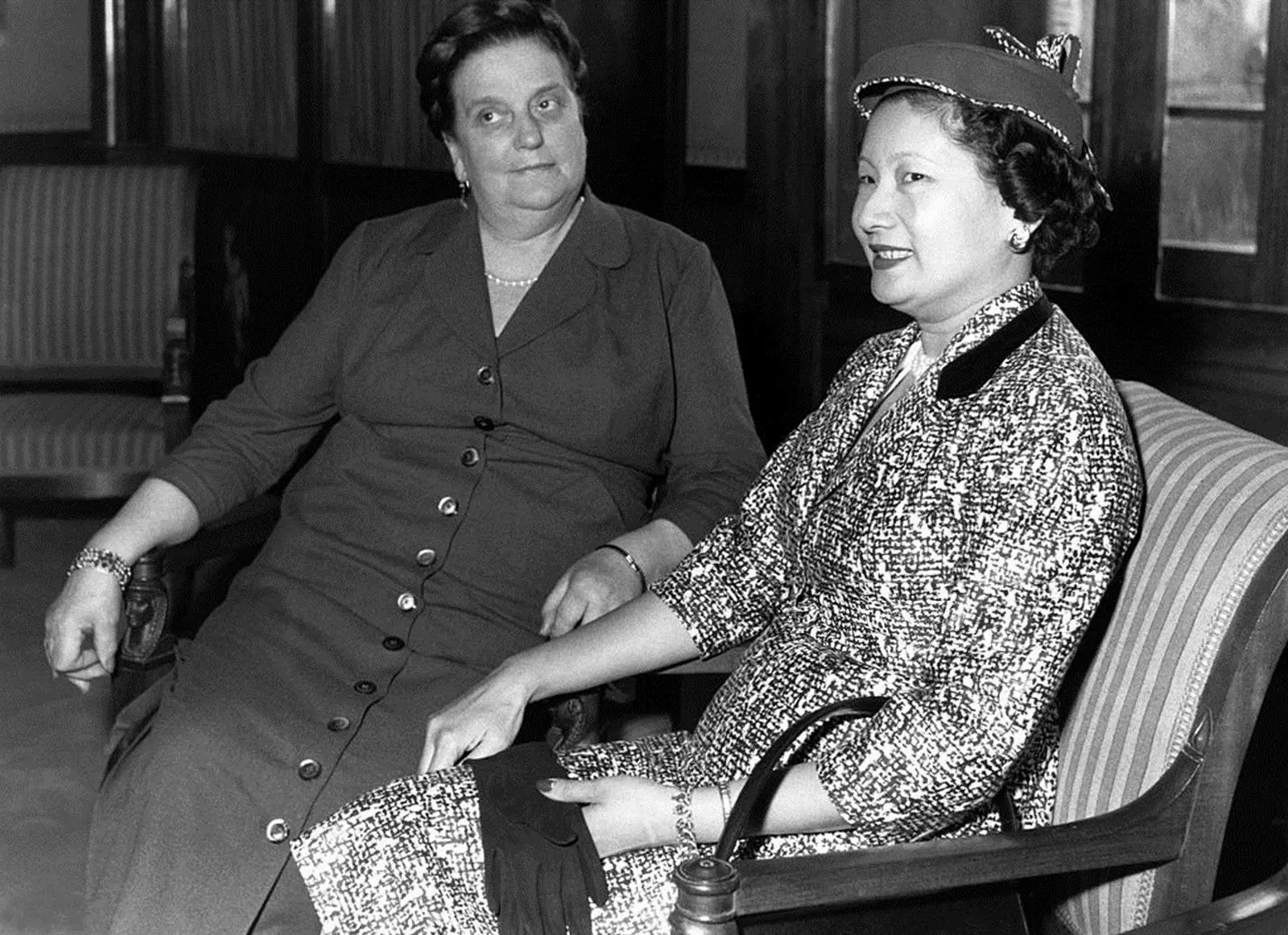
She maintained a polished appearance and her signature pearls. Her clothing choices reflected a woman who had transitioned from Empress to matriarch without losing her identity. She continued to attend mass regularly, often donning simple veils and conservative dresses, not necessarily flashy but always dignified.
In 1963, she passed away at the age of 48, reportedly due to a heart condition.
Her Enduring Influence
Decades after her death, Nam Phuong remains a symbol of timeless Vietnamese elegance. Her photographs circulate on fashion forums and history pages alike, capturing a rare moment in time when colonial glamour met imperial tradition.
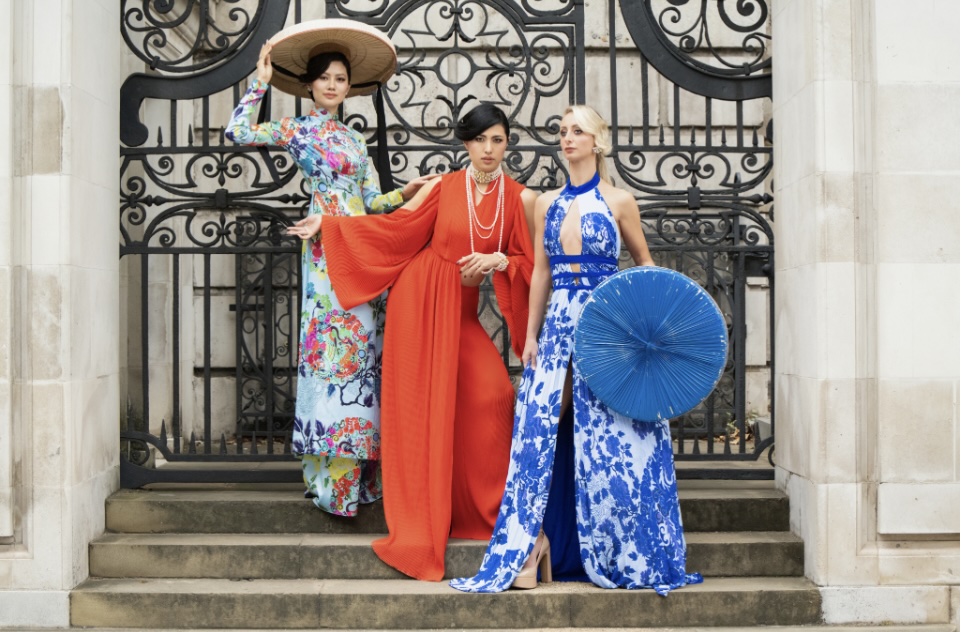
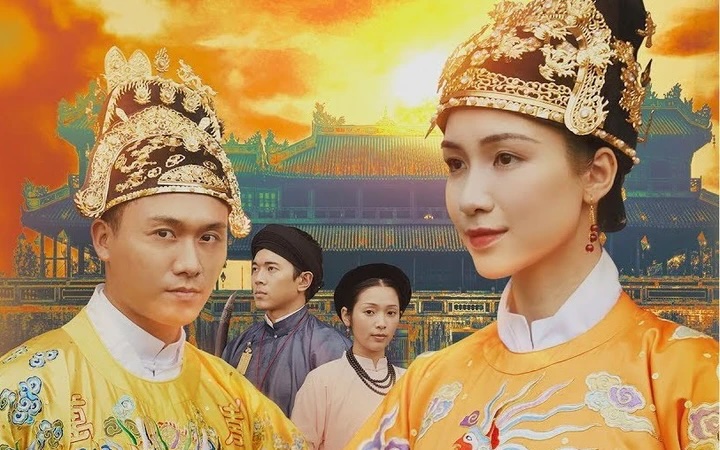
Many Vietnamese modern designers have drawn inspiration from her look—reviving vintage áo dài styles with French tailoring, or echoing her minimalist accessories in contemporary collections. Films and music continue to reimagine her life, often focusing as much on her wardrobe as on her political role.
